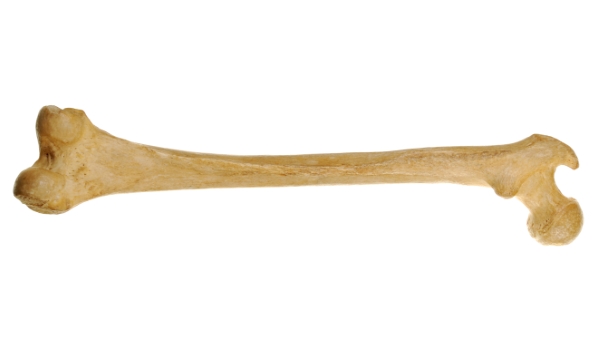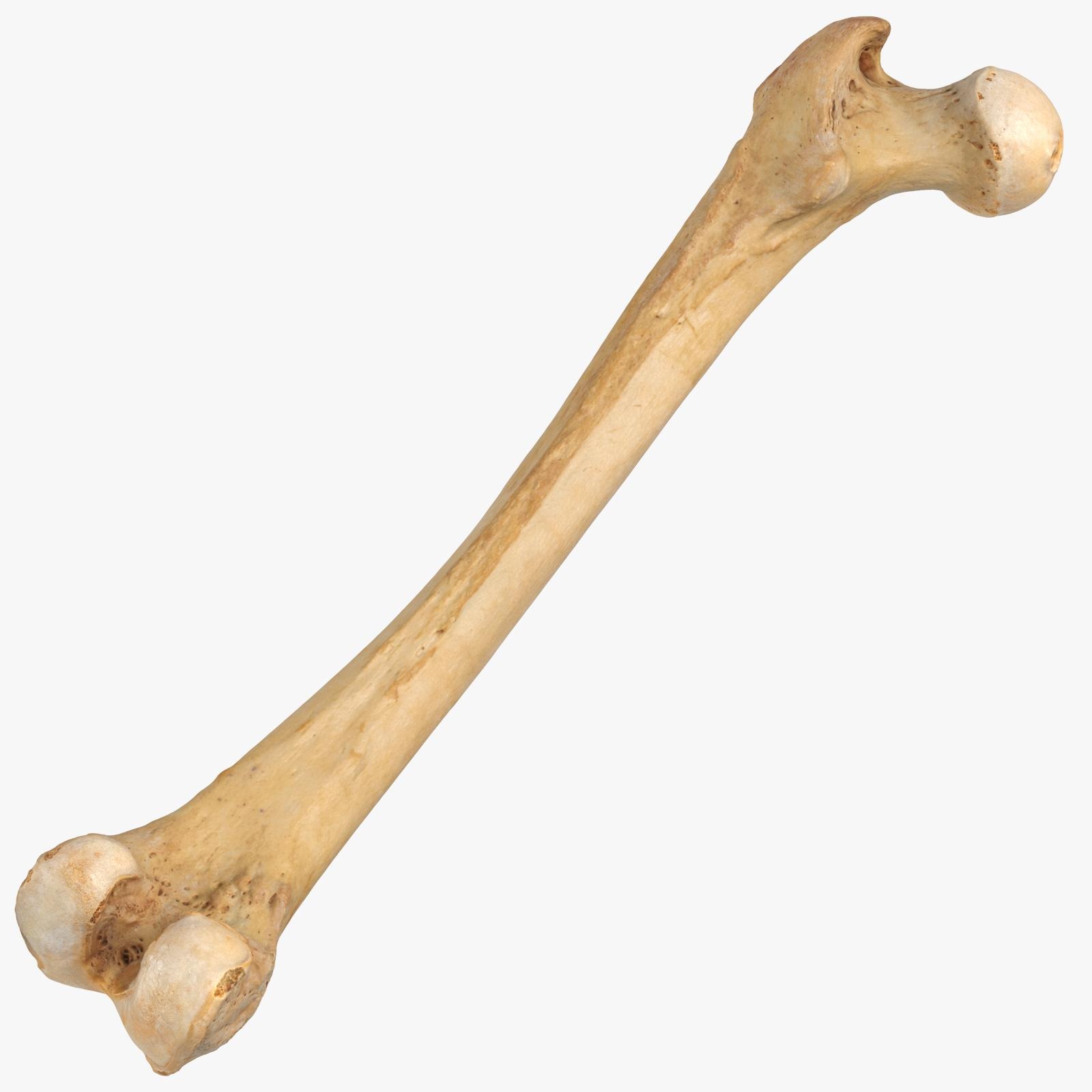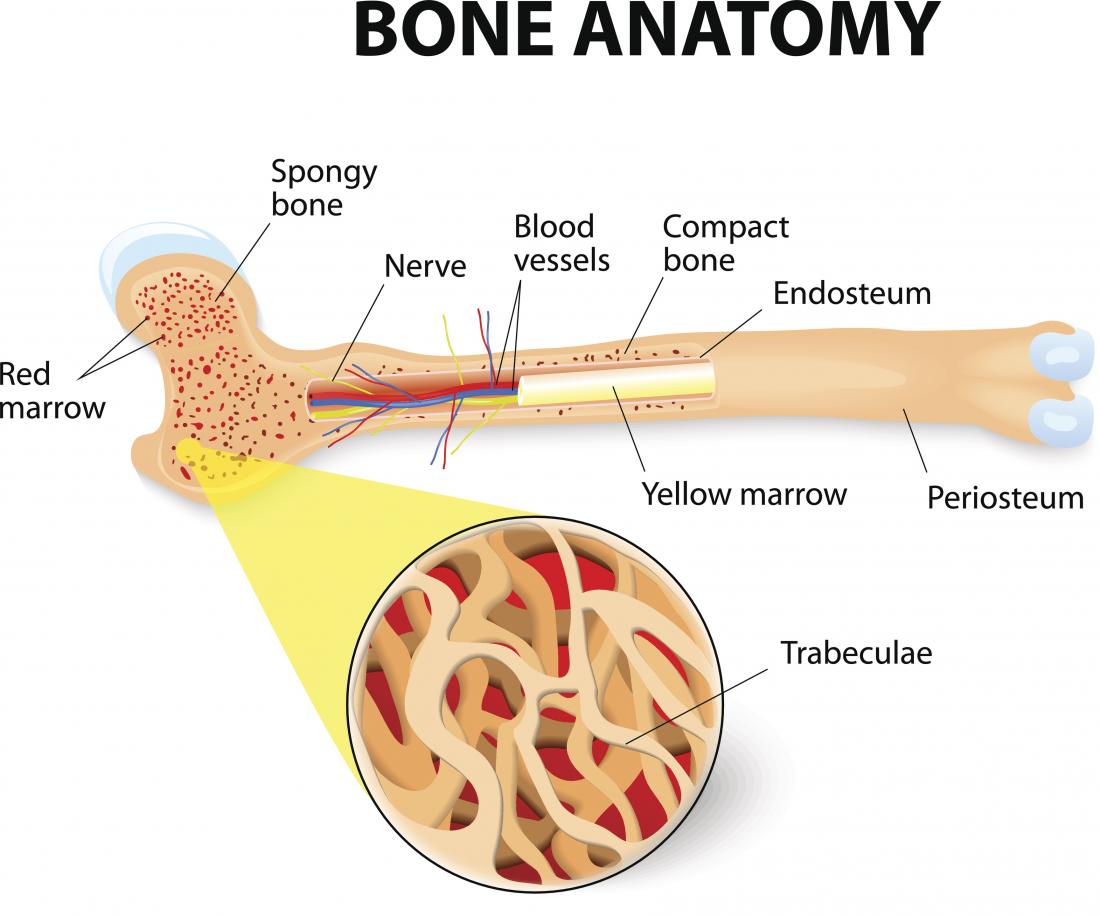Have you ever stopped to truly think about the unsung heroes working tirelessly inside you every single day? We're talking about your bones, of course. They are, in a way, the silent champions, taking on constant challenges and enduring so much. It's really quite amazing what they handle for us, pretty much all the time.
Your bones are far more than just rigid supports. They are living, dynamic structures, constantly changing and adapting. They face what we might call the "wear" of daily life, yet they keep going, showing incredible toughness. This isn't just about standing up; it's about everything from a gentle stretch to a vigorous run, and stuff like that.
So, what does it mean when we talk about "bone thugs wear"? Well, it's about understanding how these truly tough parts of your body cope with all the forces and activities they encounter. It's about their enduring strength and how they manage to stay so strong, even with constant use. We'll explore just what makes them so resilient, you know, against all the daily impacts.
Table of Contents
- What Are Bones, Really?
- The Amazing Work of Bone Remodeling
- Why Bones Are So Tough
- The Daily "Wear" on Your Bones
- Keeping Your Bones Strong and Resilient
- Different Shapes, Same Strength
- Bones: More Than Just Structure
- Frequently Asked Questions About Bone Health
What Are Bones, Really?
When you think about bones, you probably picture something hard and unmoving, right? But that's just a little bit of the story. A bone, you see, is a living, rigid tissue that makes up your body's skeletal system. It's a somatic structure, basically, composed of calcified connective tissue, which is pretty cool.
This tissue, osseous tissue, is quite different from other tissues in your body. It's hard, and many of its important jobs depend on that characteristic hardness. Inside any single bone, the tissue is woven into two main types, both working together to ensure strength. You might not realize it, but they are constantly active.
The material itself has two principal components: collagen and calcium. Collagen, you know, is the most prominent protein in your entire body, making up about 30% of your body’s total. It constantly replenishes itself in bone. Calcium, on the other hand, gives bone its incredible rigidity, making it a very strong building block, apparently.
The Amazing Work of Bone Remodeling
Perhaps one of the most incredible things about bones is their ability to renew themselves. Bone remodeling, as it's called, is a process where old bone tissue is constantly broken down and replaced with new bone. This ongoing cycle helps maintain skeletal strength, which is pretty essential, to be honest.
This active construction and remodeling happens throughout your life. It's all thanks to specialized bone cells known as osteoblasts and osteoclasts. Osteoclasts are the ones that break down old bone, making space, and osteoblasts are the builders, forming new tissue. It's a continuous dance, you could say, keeping your bones fresh and strong, always.
This process means your skeleton is never truly static. It's always adapting, always repairing itself, which is quite remarkable, really. This constant renewal is a key reason why your bones can handle the daily wear and tear they face, maintaining their integrity over many years, as a matter of fact.
Why Bones Are So Tough
Bones form the scaffolding that holds your body together and allows it to move. They also help protect vital organs, store minerals, and provide an environment for creating bone cells. Their hardness, as we mentioned, is a critical characteristic, giving them the ability to withstand significant pressure and impact, so it's a very important feature.
Each bone has two types of bone tissue to ensure this strength. There's the dense, compact bone on the outside, which is incredibly strong. Then, inside, you find spongy bone. Spongy bone is commonly found at the ends of long bones, as well as in flat bones like the ribs, skull, and vertebrae, where it helps absorb shock. It's like a natural cushion, in a way.
The combination of these two tissue types, along with the collagen and calcium, creates a matrix that contains osteocytes, which are mature bone cells. This intricate design is why bones are so tough, so resilient, and why they can endure the daily demands we place on them. It's truly a marvel of natural engineering, you know, very well put together.
The Daily "Wear" on Your Bones
So, what exactly is this "wear" that bones endure? Well, it's pretty much everything you do. Every step you take, every lift, every bend, every twist – all these actions put stress and strain on your skeletal system. Even just sitting or standing uses your bones, you know, constantly supporting your body's shape.
Think about the constant force of gravity, or the impact of running, or even just the subtle pressures from carrying a bag. These are all forms of "wear." While bones are built to be tough, these continuous forces mean they are always working. Your bones are, essentially, always on the job, providing structural support and facilitating movement, which is pretty demanding.
Without the incredible ability of bone tissue to adapt and remodel, this constant wear would eventually lead to serious problems. But because of their living nature, and their capacity for self-repair, bones can withstand a remarkable amount of stress over a lifetime. It’s like they’re always ready for the next challenge, to be honest.
Keeping Your Bones Strong and Resilient
Given all the work your bones do, it makes sense to help them stay as strong as possible. Following a diet and exercise plan that’s healthy for you will certainly help you maintain your bone health, and your overall health, too. What you eat and how you move really do make a difference, you know, for your bones.
For instance, getting enough calcium and vitamin D is really important for bone strength. Weight-bearing exercises, like walking, running, or lifting weights, also stimulate bone growth and density. It's like telling your bones, "Hey, we need you to be strong!" and they respond, which is pretty cool, actually.
Seeing a healthcare provider for regular checkups can also help catch any potential bone issues early. They can offer advice tailored to your specific needs, ensuring your bones remain resilient for years to come. It’s a bit like getting your car serviced; you want to keep everything running smoothly, right?
Different Shapes, Same Strength
Bones come in many shapes, but their fundamental purpose of providing support and protection remains the same. They are classified by their shape, and each shape has a specific role in your body. This variety, you know, helps them perform all their different jobs effectively.
They may be long, like the femur in your leg and the forearm bones, which are good for movement and leverage. Then there are short bones, like those in your wrist and ankle, offering stability. Flat bones, like those of your skull, provide broad surfaces for protection and muscle attachment, which is quite important.
And finally, you have irregular bones, like those in your spine. These have complex shapes and perform various functions, including protecting the spinal cord. Despite their varied forms, all these bones share the same underlying strength and capacity for resilience, thanks to their unique tissue composition. They all contribute to the overall structure, basically.
Bones: More Than Just Structure
It's easy to think of bones simply as the framework of your body, but they do so much more. Bone is a metabolically active connective tissue that plays an important role in regulating various bodily functions. They are, in fact, quite busy beyond just holding you up.
For example, bones produce red and white blood cells, which are vital for your body's health. They also store essential minerals like calcium and phosphorus, releasing them into the bloodstream when needed. This mineral storage is crucial for many body processes, not just bone health, which is pretty amazing, really.
So, while they are rigid organs that protect your other organs and facilitate movement, they are also bustling factories and storage units. This multifaceted role truly highlights the incredible complexity and importance of your skeletal system. It’s like they’re the ultimate multitaskers, you know, always doing something important.
Frequently Asked Questions About Bone Health
People often have questions about their bones, and that's completely understandable. Here are some common queries that come up, helping us better understand these vital parts of our bodies.
How many bones do adults have?
Most adults have between 206 and 213 bones. You use all of them each day to sit, stand, and move. This number can vary slightly from person to person, but it's generally within that range. It's a lot of individual parts working together, basically.
What is bone tissue made of?
Bone tissue is made up of cells embedded in an abundant hard intercellular material. The two principal components of this material are collagen and calcium. Ground substance and collagen fibers create a matrix that contains osteocytes, the bone cells. This combination gives bone its unique strength and flexibility, you know, making it so durable.
How does exercise help my bones?
Exercise, especially weight-bearing activities, puts healthy stress on your bones. This stress signals your bones to become stronger and denser. It helps maintain skeletal strength and can even increase bone mass over time, which is very beneficial. So, staying active is a great way to support your bones, honestly.
To learn more about bone health and overall wellness on our site, you can explore our resources. We have lots of information to help you understand your body better. Also, check out this page for more detailed articles on skeletal care.
Understanding "bone thugs wear" means appreciating the remarkable ability of our bones to endure, adapt, and remain strong through all of life's demands. From their intricate structure to their constant self-renewal, bones are truly a testament to the body's incredible design. Keep supporting them, and they will keep supporting you, every single day.
For more detailed information on bone health and scientific insights, consider visiting the National Institute of Arthritis and Musculoskeletal and Skin Diseases (NIAMS). They offer extensive resources on maintaining strong bones and addressing related conditions, which is very helpful, you know, for deeper understanding.



Detail Author:
- Name : Edmond Turcotte Jr.
- Username : bailey.rosanna
- Email : lesly49@hartmann.com
- Birthdate : 1995-10-07
- Address : 26467 Barney Unions Morissetteport, MA 91184
- Phone : 386-470-4937
- Company : Bartell Ltd
- Job : Health Services Manager
- Bio : Libero nam in adipisci. Veritatis quo dolor beatae. Fugit nihil doloremque sed illo nisi a. Animi ut fuga autem nihil ut impedit.
Socials
instagram:
- url : https://instagram.com/wilson2276
- username : wilson2276
- bio : Nulla veniam in asperiores. Repudiandae ex laudantium saepe. Aut voluptas culpa autem quia.
- followers : 914
- following : 1484
linkedin:
- url : https://linkedin.com/in/wilson4874
- username : wilson4874
- bio : Amet beatae commodi blanditiis dolorem eius.
- followers : 6630
- following : 1631
facebook:
- url : https://facebook.com/wilson_xx
- username : wilson_xx
- bio : Quisquam quo cumque quia voluptatem. Assumenda veniam id eum laborum.
- followers : 5104
- following : 1831